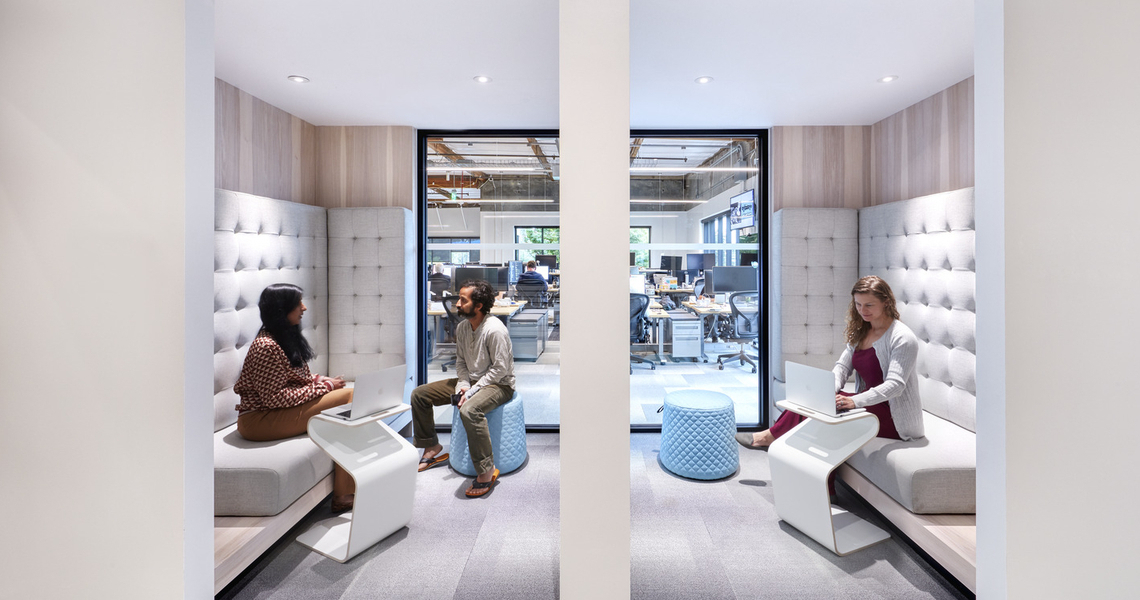She notes that “the universal constant of the pandemic is underscoring the reality that people have very different needs and preferences and varying abilities to deal with changes to our environment. More acutely aware of this now, organizations should move forward in ways that provide increased flexibility and choice to help their people perform at their highest potential and enrich employee experiences and well-being.
Swapna’s full piece is available online. Here are key excerpts:
On recognizing neurodiversity
When we talk about what makes us diverse, we often do so in terms of race, gender, work experience and life stage. However, these apparent differences only offer a small sense of the varying needs in our workforce. None of them reveal neurodiversity: the reality that all of us think, learn and work differently.

As we take our learnings from the pandemic and move forward, it will be important for us to consider the aforementioned flexibility and choice in the context of neurodiversity. Here are just a couple of examples:
- While daylight is a key factor in employee wellness and satisfaction, people who suffer from migraines can be negatively affected by bright light and may need dark rooms.
- In instances of desk-sharing, individuals on the autism spectrum or those with symptoms of obsessive compulsive disorder may experience difficulty adjusting to routine changes or limited control of their environment.
On making mental health part of company DNA
One of the greatest barriers to mental health relief is the associated stigma. We don’t talk about it enough as a society so people still feel shame in asking for help, sharing their experiences and/or visiting mental health practitioners. As a result, only 43% of adults living with mental illness receive care.

Businesses should work to change that on an organizational level. Teach senior leaders and managers how to talk about mental health and encourage them to do so regularly. Make wellness resources clearly and readily available to all employees. Establish diversity and inclusion teams focused on mental health. Create focus groups and/or listening sessions where individuals can share their experiences.
Moreover, rethink company benefits and policies to consider mental health. Maybe that’s dedicating a certain number of PTO days for mental health or creating better opportunities for counseling, therapy and mental health support. The solutions will be different for each organization, but the mission to ease mental health will echo similarly.




